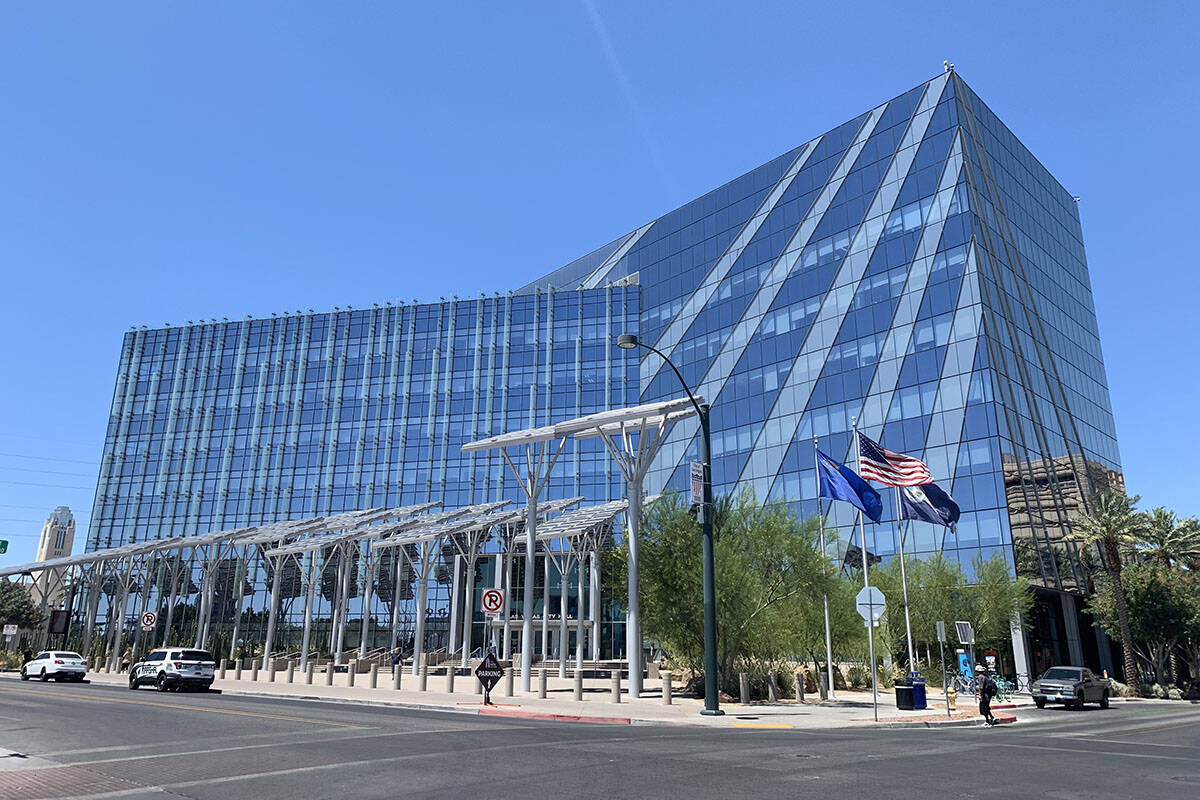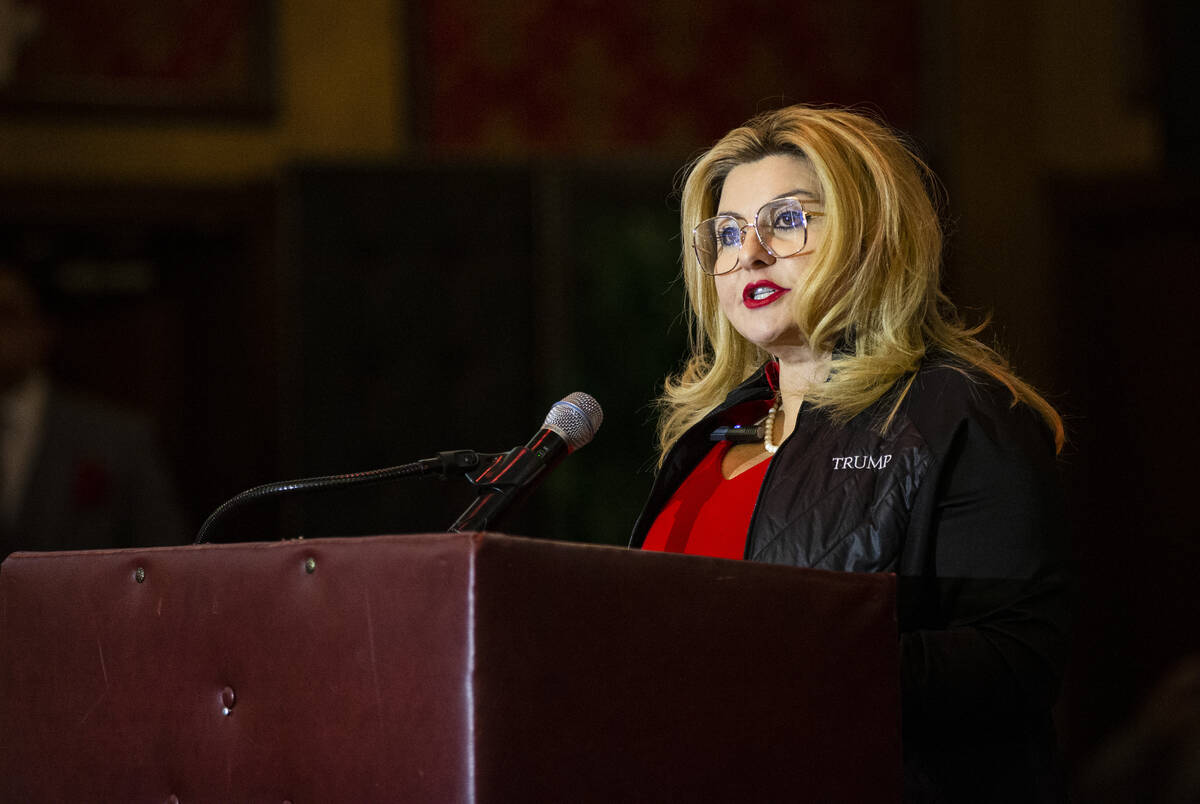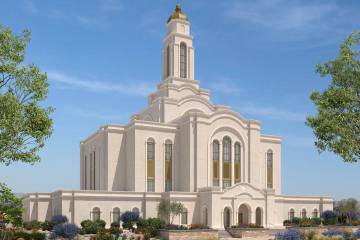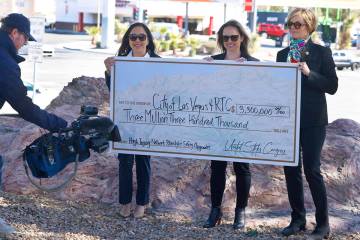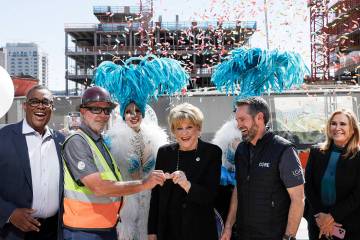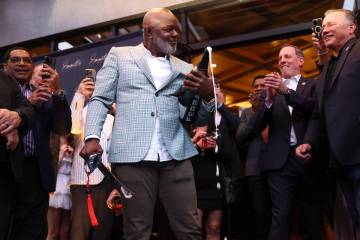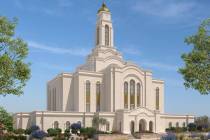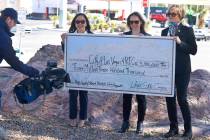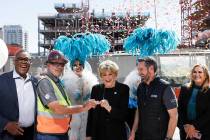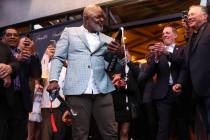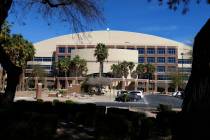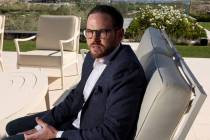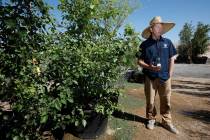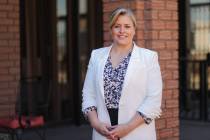Las Vegas set to adopt new political boundaries
The city of Las Vegas moved closer Monday to adopting an updated political district map that will result in new city council representation for tens of thousands of residents and greatly reduce the size of a sprawling northwest ward.
Redrawing political boundaries, in accordance with the decennial U.S. Census, is a routine but federally mandated government practice to even out wide population disparities that result from a decade of uneven growth.
Ward 6, in the city’s northwest, and Ward 3, which covers parts of downtown and east Las Vegas, provide the clearest illustration of the imbalance as the city’s largest and smallest districts, respectively.
Ward 3 currently has about 98,000 residents, which is roughly three-quarters the size of Ward 6’s population of more than 130,000. The city’s charter, however, allows districts to deviate only by as much as 5 percent.
Under the city’s proposed redistricting map, Ward 6, which is represented by Councilwoman Michele Fiore, will shed some 25,000 people as its neighbor to the south, Ward 4, expands to the north.
Most of the city’s six wards are proposed to grow, however, including Ward 3, represented by Councilwoman Olivia Diaz, which would transform into the city’s second-largest district by increasing to roughly 109,000 residents.
A three-member panel of city lawmakers on Monday unanimously recommended the full City Council adopt an ordinance Wednesday to put the proposed changes into effect.
No major opposition
The city’s redistricting process was accelerated because of the COVID-19 pandemic. Typically the city would have a year to redraw its political boundaries but officials received census population numbers six to seven months later than usual, according to City Attorney Bryan Scott.
“Because the numbers from the census came out so late, we really had to kind of do this in a very rushed fashion,” he said.
The political districts are important because they determine a resident’s representation on the nonpartisan City Council.
But there was sparse turnout at Monday’s public hearing and Scott said there was no response from civil rights or other interested groups after he provided them with the proposal late last month.
“I think everyone’s OK with these maps,” Fiore said.
At least two residents have questioned the proposed placement of their own and others voting precincts, including one during Monday’s meeting. Lex Anderson, a historian for the Las Vegas Northwest Area Residents Association, requested that the city consider moving three precincts into Ward 6. Fiore said she would examine the issue.
Fiore and Councilman Stavros Anthony also said they wanted to set up mailers to alert new constituents of changes to representation.
Retaining diversity
The proposed map would not result in any major changes to diversity within each district and it would retain the Hispanic majority in Ward 3, which will have a 57 percent voting-age Hispanic population as the lone minority-majority district in the city, according to city data.
Scott said the proposal did not gerrymander and will keep together communities of interest such as the Historic Westside, John S. Park neighborhood and Sun City Summerlin. It will also not lead to increases in individual property taxes because rates are tied to tax districts and not ward boundaries, he said.
Contact Shea Johnson at sjohnson@reviewjournal.com or 702-383-0272. Follow @Shea_LVRJ on Twitter.



